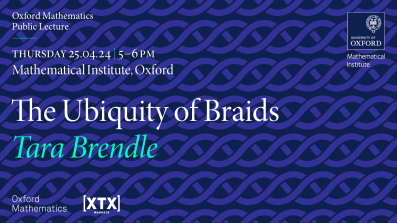We introduce a new method - ESPIRA (Estimation of Signal Parameters via Iterative Rational Approximation) \cite{DP22, DPP21} - for the recovery of complex exponential sums
$$
f(t)=\sum_{j=1}^{M} \gamma_j \mathrm{e}^{\lambda_j t},
$$
that are determined by a finite number of parameters: the order $M$, weights $\gamma_j \in \mathbb{C} \setminus \{0\}$ and nodes $\mathrm{e}^{\lambda_j} \in \mathbb{C}$ for $j=1,...,M$. Our new recovery procedure is based on the observation that Fourier coefficients (or DFT coefficients) of exponential sums have a special rational structure. To reconstruct this structure in a stable way we use the AAA algorithm proposed by Nakatsukasa et al. We show that ESPIRA can be interpreted as a matrix pencil method applied to Loewner matrices.
During the talk we will demonstrate that ESPIRA outperforms Prony-like methods such as ESPRIT and MPM for noisy data and for signal approximation by short exponential sums.
Bibliography
N. Derevianko, G. Plonka,
Exact reconstruction of extended exponential sums using rational approximation of their Fourier coefficients, Anal. Appl., 20(3), 2022, 543-577.
N. Derevianko, G. Plonka, M. Petz,
From ESPRIT to ESPIRA: Estimation of signal parameters by iterative rational approximation, IMA J. Numer. Anal., 43(2), 2023, 789--827.
Y. Nakatsukasa, O. Sète, L.N. Trefethen, The AAA algorithm for rational approximation.
SIAM J. Sci. Comput., 40(3), 2018, A1494–A1522.


